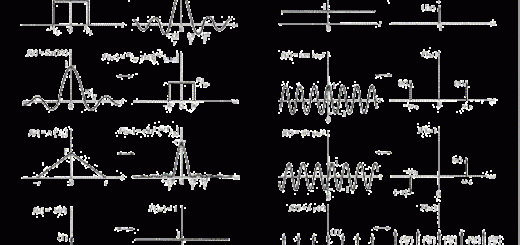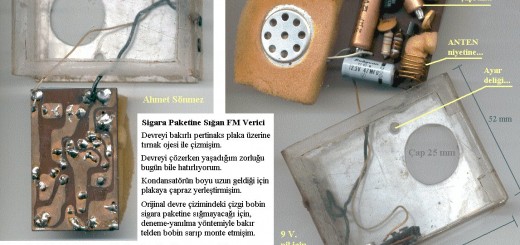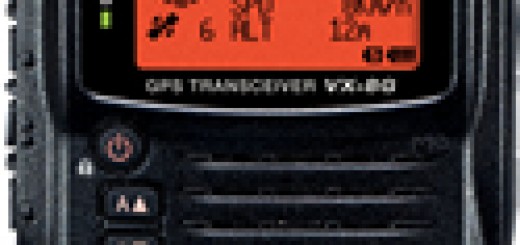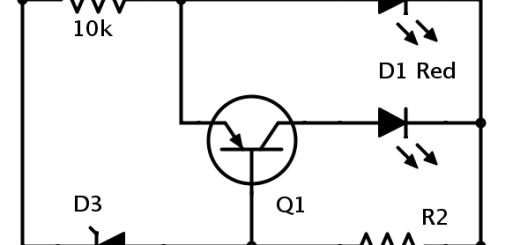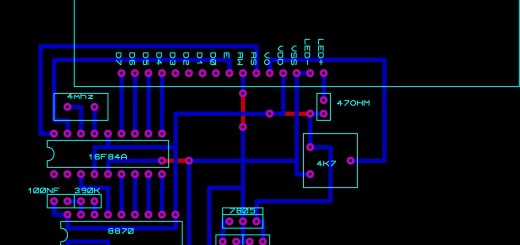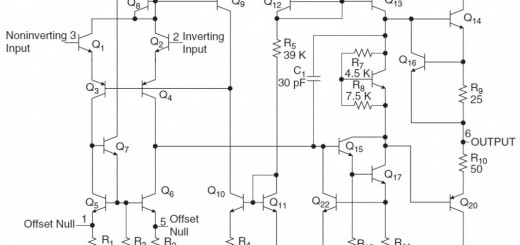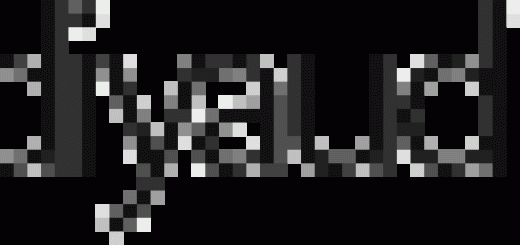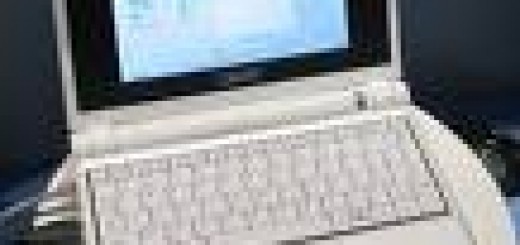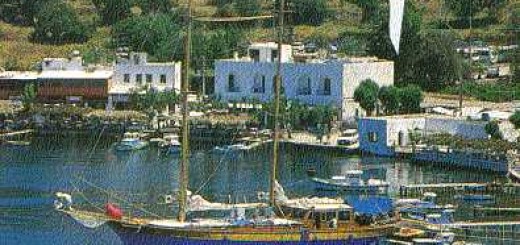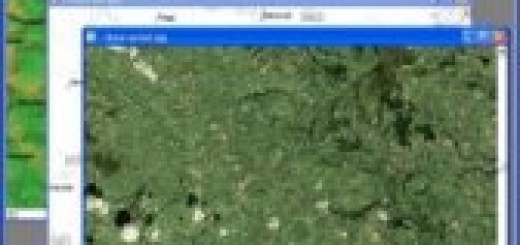Copyability and Strength
Ülkemizi yakından tanıyan amatör arkadaşımız Bruce Prior (N7RR) Ankara'da aramızda bulunamasa bile Amerika'dan yazılarıyla destek veriyor. Telsiz görüşmelerimiz sırasında kullandığımız raporlama sistemine bir bakış.
Copyability and Strength:
A New Proposed Signal Report System
CS Copyability and Strength Signal Report System
C or Copyability Scale
X = no discernible signal
0 = discernible but not copyable
1 = 10% copyable
2 = 20% copyable
3 = 30% copyable
4 = 40% copyable
5 = 50% copyable
6 = 60% copyable
7 = 70% copyable
8 = 80% copyable
9 = 90% copyable
D = 100% copyable with Difficulty
M = 100% copyable with Minor difficulty
P = Perfect armchair 100% copyable or full-quieting on FM
"X" is used for "no discernible signal" instead of "N," since "N" is an abbreviation for "9."
Signal Strength or S-Meter Scale
0 = no S-meter reading
1 = S-1
2 = S-2
3 = S-3
4 = S-4
5 = S-5
6 = S-6
7 = S-7
8 = S-8
9 = S-9
A = 1 to 10 dB over S-9
B = 11 to 20 dB over S-9
C = 21 to 30 dB over S-9
D = 31 to 40 dB over S-9
E = 41 to 50 dB over S-9
F = more than 50 dB over S-9
Optional Suffixes
X = characteristic steadiness of crystal (Xtal) control
R = AC Ripple or buzz in transmission
C = Chirp or tail on make and/or break
K = key clicKs or other keying transients
S = Spectrum overuse in phone or digital modes
Examples:
– A CW signal which is 70% copyable, with an S-meter reading of 2, and with key clicks: 72K
– A USB signal which is perfectly copyable, with an S-meter reading of 35 dB over S-9, and is overmodulated: PDS
– A PSK31 signal which is perfectly copyable, but with an S-meter reading of 1: P1
-Okay, hearing no emergency or priority traffic, the Great Lakes Retreads Net is ready for this evening's roll-call. This is Kilo Alpha Nine Romeo Victor November, in Elmhurst. We'll start with Akron, W8GYB.-
"K . . .VN this . . . skey eight . . . kee Bra . . . . ffic . . . net."
-W8GYB, Kyle, it's good to hear your voice. I haven't heard you on for a few weeks. You're 6 on the S-meter, but we have loud static crashes here, so I'm only copying about half of what you're saying. Would you mind switching on your linear?-
-Fine, Susan, KA9RVN this is Whiskey Eight Golf Yankee Bravo. I'm running the air conditioner, so I didn't fire up the linear the first time. You're armchair copy here and 10 over 9, so I thought I didn't need extra power. No traffic for the net. Over.-
Genuine Signal Reporting
That's the way the most useful signal reports are given these days. We need to know how much of our transmission the other operator can copy and how strong our signal is. This article proposes a new signal reporting system which meets real communication needs. The "CS" or Copyability and Strength system is designed to replace the now-antiquated RST and RS signal reports, which are commonly used – even overused — and very frequently misused. Most contest and DXpedition operators send 599 or 59 for all contacts. Signal reports are not required for DX Century Club or CQ Worked All Continents or CQ Worked All Zones or CQ DX or USA-CA or Worked All States awards. They are also not required for Field Day or Sweepstakes. Stereotyped signal reports serve no useful purpose in the quick exchanges which contesters and DXers require. Indeed, since signal reporting is not needed for valid QSOs, all signal reports, including this proposed CS system, should be dropped from DXpedition operations, and contest and award sponsors should either drop all signal report requirements or replace them with more interesting and useful exchanges. For example, an important aspect of DXpedition administration is correlating the time recorded in the DXpedition log with the time reported on QSL cards. A very useful exchange would be the time of the DX QSO, perhaps abbreviated to a 2-digit number from 00 to 59, representing the minute past a given UTC hour. Maidenhead coordinates are commonly used for contesting above 50 MHz; they would also make a fine substitute for RS(T) in HF operating events.
| Signal reports are still useful for routine contacts, however. The problem is that RST and RS reports have become ritualized. Overuse has diluted their value. The proposed new CS signal report system does a much better job of telling the real story about our signals. There's nothing earth-shaking about it. CS simply mimics and formalizes genuine signal reports which we give out informally every day. We talk about how well we copy, what our S-meter reads, and occasionally we comment about signal quality. | RST and RS reports have become ritualized. |
The RST System
Readability
1 – Unreadable.
2 – Barely readable, occasional words distinguishable.
3 – Readable with considerable difficulty.
4 – Readable with practically no difficulty.
5 – Perfectly readable.
Signal Strength
1 – Faint signals, barely perceptible.
2 – Very weak signals.
3 – Weak signals.
4 – Fair signals.
5 – Fairly good signals.
6 – Good signals.
7 – Moderately strong signals.
8 – Strong signals.
9 – Extremely strong signals.
Tone
1 – Sixty-cycle ac or less, very rough and broad.
2 – Very rough ac, very harsh and broad.
3 – Rough ac tone, rectified but not filtered.
4 – Rough note, some trace of filtering.
5 – Filtered rectified ac but strongly ripple-modulated.
6 – Filtered tone, definite trace of ripple modulation.
7 – Near pure tone, trace of ripple modulation.
8 – Near perfect tone, slight trace of modulation.
9 – Perfect tone, no trace of ripple or modulation of any kind.
If the signal has the characteristic steadiness of crystal control, add the letter X to the RST report.
If there is a chirp, add the letter C. Similarly for a click, add K. (See FCC Regulations ž97.307,
Emissions Standards.) The above reporting system is used on both CW and voice; leave out the "tone" report on voice.
A Problem Solver Becomes a Problem
RST is now 79 years old. ( RST first appeared in the May, 1925 QST.) CW was a brand-new mode when the RST format was introduced. The -Readability-Strength-Tone- signal reporting system was part of a great reform movement in radiotelegraphy. Spark transmission was a messy and inefficient means of radio communication. Spark was pushed aside in favor the much cleaner "continuous wave" text transmission mode which allowed amateurs to concentrate their transmitter power into a much smaller part of the electromagnetic spectrum. By using on-and-off CW for radiotelegraphy, amateurs were able to improve their ability to communicate considerably at the same time that they freed up spectrum to be shared by many other stations.
CW is still a viable radio communications mode, and beloved by many enthusiasts in the Amateur Radio community, but it is no longer the dominant amateur mode. The landline Morse telegraphic system was largely replaced by teletype, but most radio amateurs stuck to CW for a long time. Some amateurs adopted
radioteletype, RTTY, as a faster text transmission mode, but for many years RTTY required large, noisy teletype machines and huge supplies of paper, so many amateurs preferred the simplicity of CW for ragchewing, contesting, DXing and passing formal traffic.
The invention and diffusion of the telephone made it possible for ordinary people to communicate electronically over wires using no special skills. Similarly, AM, and then later suppressed-carrier single-sideband and FM modes gradually became more popular among radio amateurs. With the advent of home computers, a number of exciting text transmission modes, including revived frequency-shift RTTY, have emerged recently which are becoming popular among radio amateurs. RST reports for these sophisticated modes are laughably out of place.
Dropping the T and Adding New Optional Suffixes
| During the move from spark to CW, the Tone reports were helpful for alerting amateurs about AC power supply products in their signals. The tone part of RST was a 1920's solution to a 1920's problem. Now CW key clicks and chirps are occasionally aired, but we rarely hear CW stations transmitting with AC ripple or buzz in their tone. The CS system drops the T-scale since its 9-levels for describing AC transmission products are no longer useful. For less than perfect tone, a single optional suffix R flags that now-unusual problem. When RST was applied to phone modes, the T was dropped and was not replaced with similar quality measures. | The tone part of RST was a 1920's solution to a 1920's problem. |
The new CS system retains the optional suffixes of the RST system while adding a single letter (R) to flag AC power supply ripple problems as well as S to report excess spectrum utilization problems in phone and computer-based digital modes.
Replacing R and S with C and a new S
The R and S scales describe important signal characteristics, but they are too crudely formulated to adequately serve current amateur practice. At the bottom, the R-scale provides for a signal which is -barely readable,- but it does not account for a signal which is completely indiscernible. There is a huge gap between level 3, which is "readable with considerable difficulty" and level 4, which is "readable with practically no difficulty." Although an R-5 signal is officially defined as "perfectly readable," sitting at the top of a 5-level scale, it is frequently misapplied to signals which have not actually attained that august status.
The CS system replaces the subjective R-scale with a readily-understandable C-scale for Copyability based on the percentage of the message that is getting through, and at the top end, the relative difficulty or ease that 100% copy can be maintained. Just like in our example from the Great Lakes Retreads Net, amateurs often talk about copying such-and-such fraction or percentage of the transmitted text. Computers can now automate copyability percentages for digital modes, and in modes with receiver-initiated error checking, stations can dynamically adjust power high enough to be within the 100% copyability range, yet low enough to minimize interference with other amateurs.
| The RST and RS signal Strength scale is also behind the times. Radio amateurs had no S-meters in 1925. Officially defined as a 9-level descriptive list of relative signal strengths, R is now applied in practice by the use of S-meters which are calibrated with S-9 well below the top of the scale. | Radio amateurs had no S-meters in 1925. |
Amateur Radio operators frequently report the strength of very strong signals as so many dB over S-9. That's a useful practice which is reflected in the proposed CS system. S-meters are commonly calibrated for 50 μV for S-9, but there is some variation from "generous" to "miserly." S-meters are nevertheless still useful for making on-the-air comparisons. The new S-scale of the CS system reports the readings found on most S-meters. It's not a perfect system. The strength of an incoming signal varies considerably depending on the kind of receiving equipment and antenna system being used by the reporting station. Radio amateurs don't use laboratory instruments for communication. They use real receivers and practical antennas. The S-meter scale is what we have and what we use in practice. The new 16-level S scale in the CS system is easy to understand: it's simply zero through fifteen expressed in hexidecimal numbers. The top F-level signal strength report will be used only rarely: it will likely apply only to a station very nearby which is operating at full legal power.
The proposed CS system isn't a new invention. It's an abbreviated way for expressing how we actually operate when we genuinely strive to give a useful signal report. Copyability and signal strength are very different. Sometimes a signal which doesn't budge the S-meter will still be perfectly copyable. Under difficult operating conditions, even a signal with 9 or A-level strength may not be perfectly copyable.
CS: A Clean Slate for Improved Operating Practice
Since this proposed CS system reflects actual amateur usage, let's hope that it will replace RST and RS and become a routine and useful part of many amateur radio contacts. The CS system will serve best if is not used for contest exchanges or in DXpedition operating. Most amateurs who are active contesters and DXers have allowed their operating to become sullied by sending artificial RS(T) signal reports. By ridding ourselves of all signal reporting in our fast-paced contest and DX exchanges, we will return to a standard of operating which is worthy of the finely-honed skills which our best contesters and DXers have acquired.
If CS becomes the standard abbreviation system for signal reports, it should be used only to give useful information which enhances Amateur Radio communication.
 Bruce PRIOR (N7RR)
Bruce PRIOR (N7RR)
n7rr@hotmail.com

